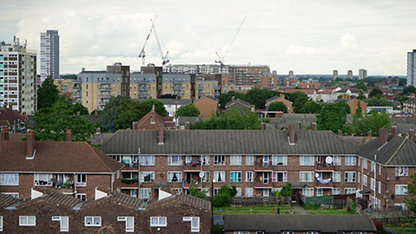Over the last five years the house-building industry has built an average of 140,000 new dwellings per year in England, contributing an estimated £4 billion per year in developer contributions as well as other contributions to the public finances through tax.
However, with rising interest across the political spectrum and media in developer contributions to public finances and infrastructure, are there new mechanisms of land value capture (LVC) that can be employed? What would be the clear purpose behind introducing new mechanisms? And how would the house building industry respond to change?
Through interviews undertaken across the industry, this research assesses current attitudes towards existing taxation, planning obligations, as well as the impacts alternative mechanisms of LVC might have on the geography and scale of residential development.
The research primarily explores four alternative LVC mechanisms:
- The current situation of negotiated planning obligations (e.g. s106) combined with the CIL.
- A fixed flat tariff based on local infrastructure requirements (per unit/square foot) regardless of scheme impact.
- A fixed flat tariff based on expenditure to mitigate the scheme.
- Negotiated fee based on local infrastructure requirements.
This paper was authored by Dr Richard Dunning and Mr Malachy Buck of the University of Liverpool, Dr Sarah Payne of the University of Sheffield, Dr Phil O’Brien, of the University of Glasgow
RICS Research Trust is now the Property Research Trust
This research was funded by the RICS Research Trust. As of the end of January 2021, RICS Research Trust became fully independent of RICS, and has been rebranded as the Property Research Trust. Find out more here . The Trust supports and promotes high-quality independent contributions to knowledge in the disciplines of land, real estate and construction.
Published date: 10 August 2020












